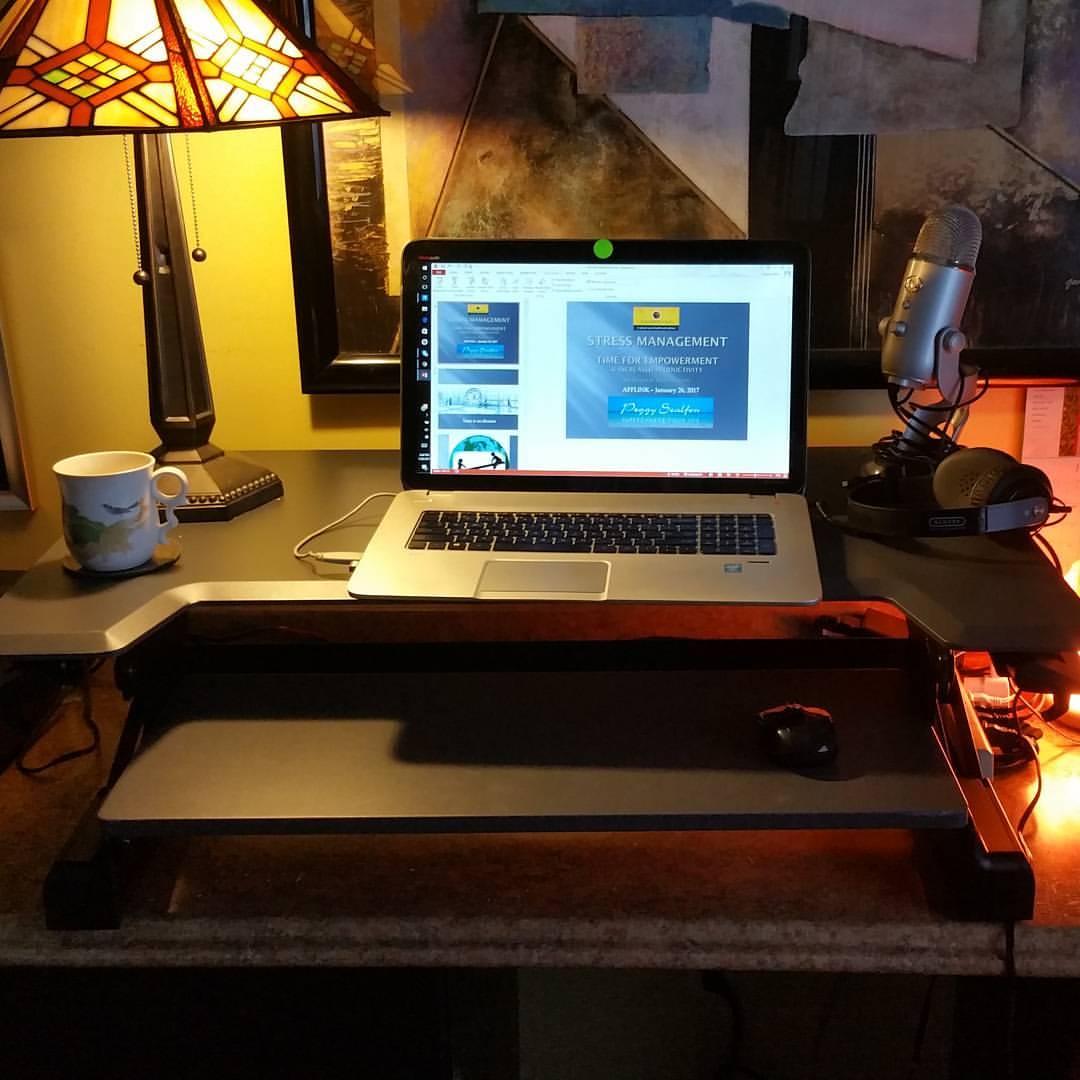The human body was designed to move. Sadly our lifestyles have been cultivating inactivity. We get rooted in front of computers, televisions, video games and even cellphones as we check texts, emails and phone messages. Often hours slip by as we sit and sit and sit. The lack of movement is hazardous to our wellbeing. Here’s why:
1. When sitting for long periods, your position typically impedes the flow of circulation through your entire body. When this occurs for more than 90 minutes physiological changes can be impacted. Blood flow becomes reduced damaging blood vessels and causing muscles to atrophy. The more you sit, the more you lose muscle tone and strength. Even bones need weight-bearing activities such as walking or running to stimulate thicker, denser growth or osteoporosis can be an unfortunate outcome. .The old adage “use it or lose it” becomes a reality.
2. Due to blocked energy flow, prolonged sitting increases the risk of developing serious illnesses--like cancers, heart disease, diabetes. Without movement, the body cannot naturally function optimally. The more uninterrupted hours of sitting you experience, the more deterioration occurs in the body. In fact Dr. James Levine even coined the phrase ”sitting is the new smoking,” because of the negative health impact of sitting for more than a couple of hours.
3. Brain fog is another casualty of prolonged sitting. The circulatory system is slowed to the point that less oxygenated blood is being pumped into the brain, depriving brain cells of needed fuel. This leads to more difficulty in making good decisions and is often associated with fatigue and low energy. The outcome is that productivity suffers and sometimes irritability and depression can ensue.
4. When sitting—especially at computers—people often slump. Over extended periods, this can contribute to weak abs that lead to a condition known as hyperlordosis or swayback. Proper sitting can help-- with shoulders back, feet flat on the floor, head up, avoiding hunched shoulders and crossed legs—but it’s not a complete solution.
5. Neck and back pain are typical complaints from those who sit for long periods and there’s good reason for this. The soft disks between the verterbrae are squashed unevenly and collagen hardens around tendons and ligaments causing the spine to become inflexible. In time, the disks can herniate causing great pain. Plus regularly leaning your neck forward or cradling a phone can cause cervical damage.
The best option to counter these effects is to take regular breaks, at least every 90 minutes. A second option is to use a standing desk. Experiments with upright desks in a few school districts in the United States have shown students have increased attentiveness and improved learning time. I just an adjustable Ergotron and I’m really enjoying working at it! So get off your butt and get moving!
|
Here's my new, adjustable standing desk. It's worth the investment! |
/PS_Heather_V1.gif)

